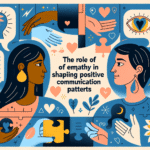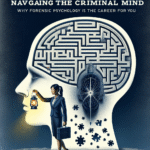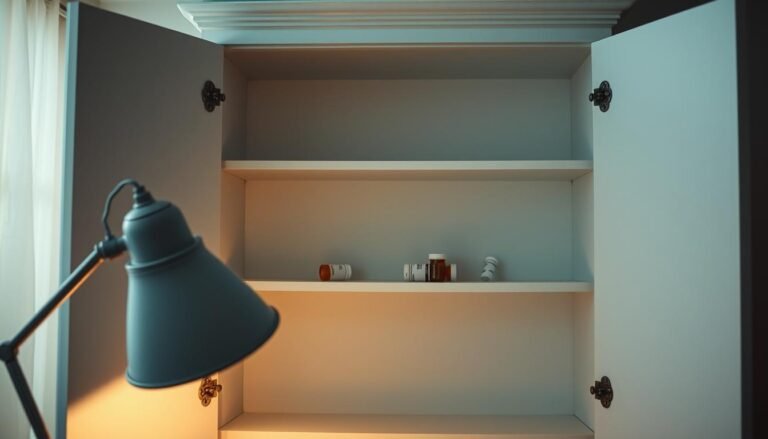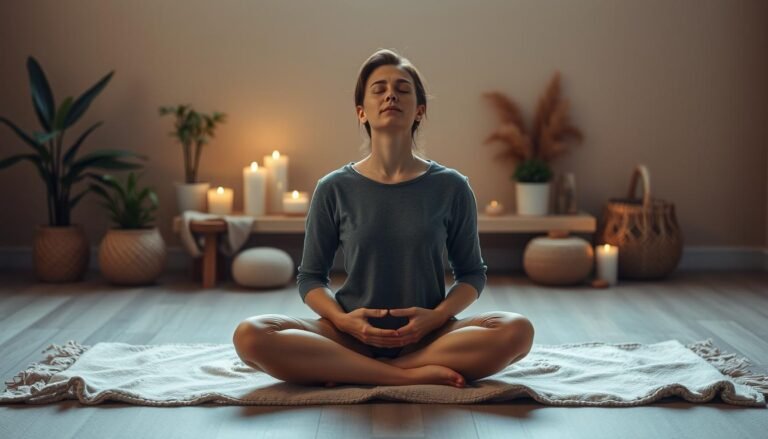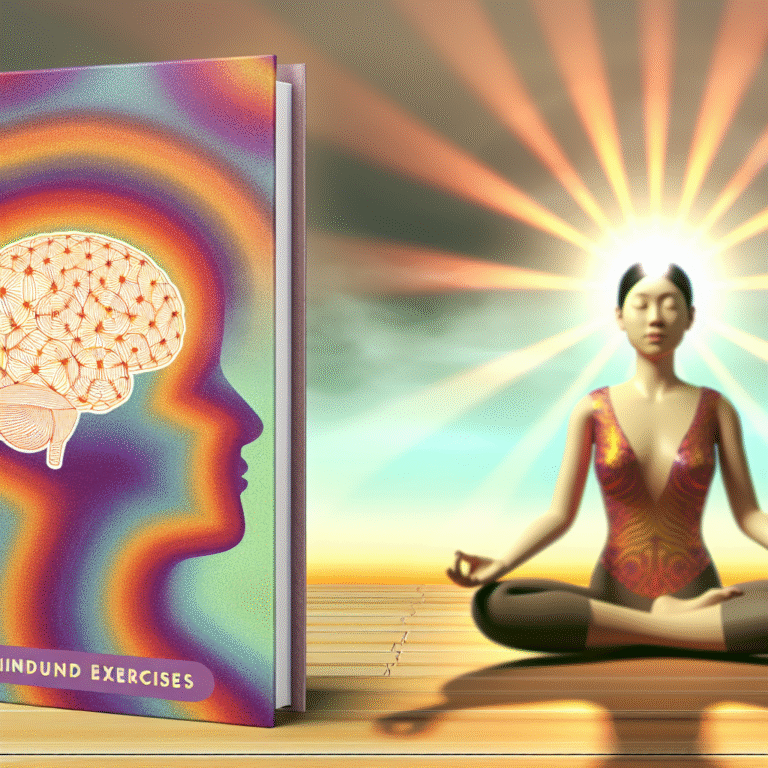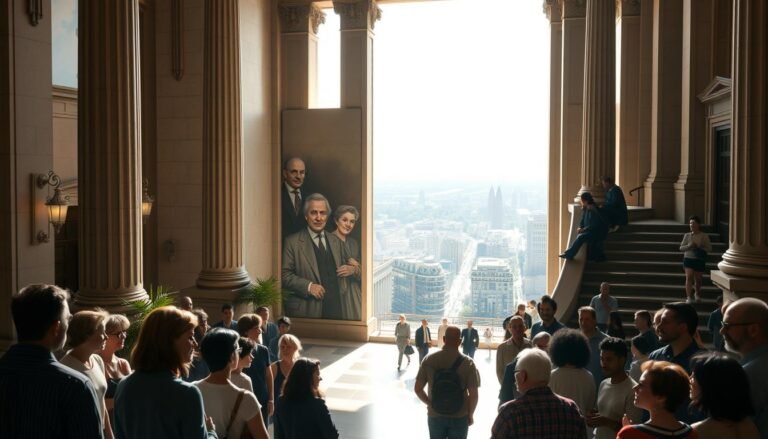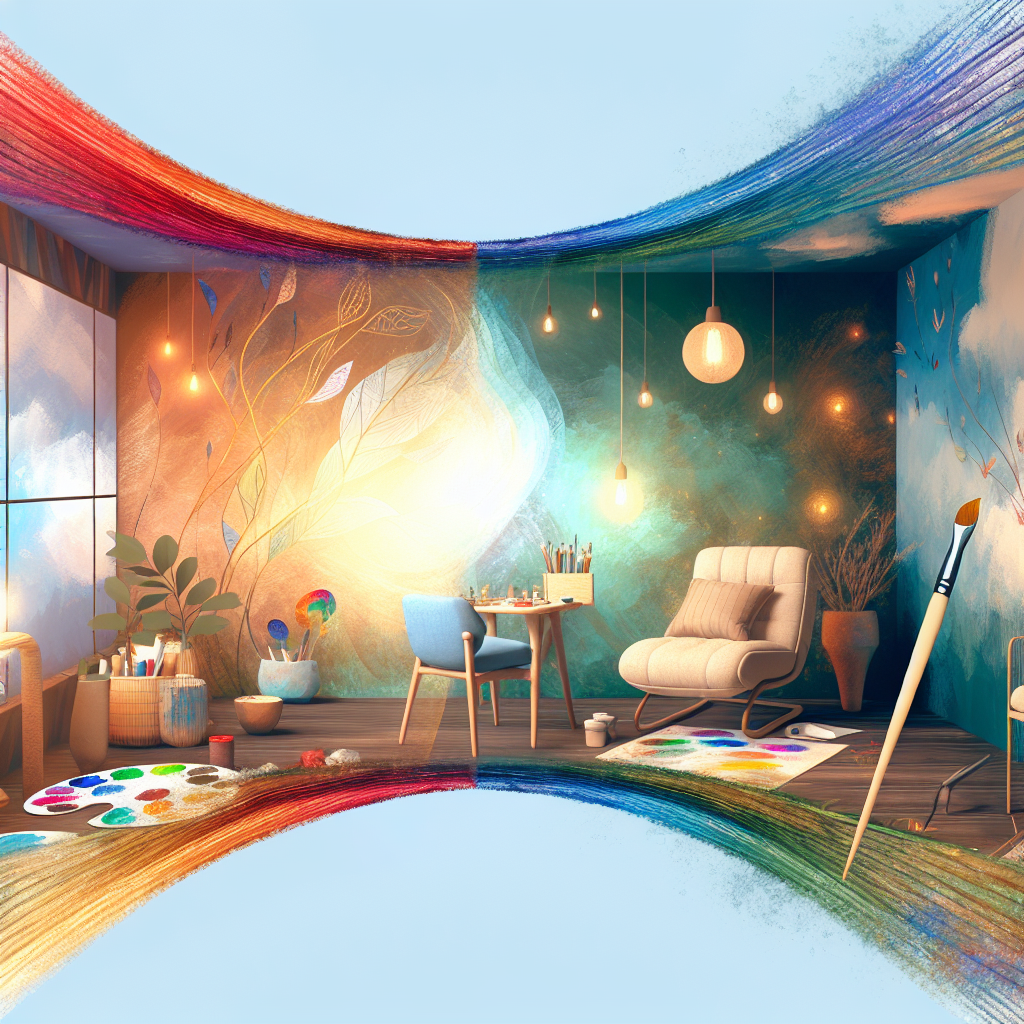
Healing Colors: The Essential Intersection of Art and Therapy Explained
Introduction
Throughout history, colors have captivated our senses and influenced our emotions. From the tranquil blues of a serene sky to the vibrant yellows of blooming flowers, colors hold immense power over our mood and psyche. This article explores Healing Colors: The Intersection of Art and Therapy Explained, shedding light on how the interplay between these two fields can lead to transformative therapeutic experiences.
In a world where mental health issues are increasingly prevalent, understanding the relationships between colors, art, and therapy offers valuable insights. As we delve into this topic, we will unravel how specific colors impact our feelings and thoughts, explore various art therapy methods, and showcase real-world applications through compelling case studies.
The Psychology of Colors
How Colors Affect Mood
Colors are more than just visual stimuli; they resonate deeply with our emotional states. Each color evokes specific feelings and psychological responses.
| Color | Emotional Response | Common Associations |
|---|---|---|
| Red | Passion, energy, and anger | Love, danger |
| Blue | Calmness, sadness, and stability | Peace, serenity |
| Yellow | Happiness, optimism | Sunshine, cheerfulness |
| Green | Growth, healing | Nature, balance |
| Purple | Luxury, mystery | Creativity, spirituality |
In exploring Healing Colors: The Intersection of Art and Therapy Explained, it’s evident that our interaction with colors can significantly influence therapy outcomes. For instance, a patient exposed to calming blues might experience lower anxiety levels during art therapy sessions compared to those surrounded by fiery reds.
Cultural Context and Color
Cultural perceptions of color also shape their emotional significance. For example, in Western cultures, white symbolizes purity and innocence, whereas, in some Eastern cultures, it represents mourning. This cultural bias illustrates why therapists need to consider a client’s background when utilizing color in therapeutic practices, making Healing Colors: The Intersection of Art and Therapy Explained a crucial theme for effective therapy design.
Art Therapy: A Brief Overview
Art therapy is a form of expressive therapy that uses artistic activities to foster healing and personal growth. This therapeutic approach engages individuals in creative processes that facilitate emotional expression, self-discovery, and problem-solving.
Techniques in Art Therapy
- Painting: Allows individuals to express emotions and thoughts visually, often leading to insights about their feelings.
- Sculpting: Provides a tactile experience, allowing individuals to explore their thoughts and emotions through physical manipulation of materials.
- Collage: Encourages creativity and self-expression, often used to explore identity and personal narratives.
- Drawing: Serves as a direct way to communicate feelings and experiences, often revealing underlying emotional states.
In understanding Healing Colors: The Intersection of Art and Therapy Explained, therapists can harness these techniques, ensuring that specific colors are integrated based on their therapeutic properties.
Case Studies: Real-World Applications
Case Study 1: Blue Zones – Healing in a Therapeutic Setting
Background: A group of individuals struggling with anxiety was exposed to various shades of blue within their therapy environment.
Intervention: The therapy room was painted in calming aquamarine hues, with artwork featuring serene water scenes.
Outcome: Participants reported a significant reduction in anxiety levels, highlighting the effectiveness of color in creating a tranquil therapeutic space.
Analysis: This case emphasizes how specific colors can facilitate healing environments and support the overarching theme of Healing Colors: The Intersection of Art and Therapy Explained.
Case Study 2: Red Redesign – Empowering through Color
Background: A community art project aimed to help survivors of trauma express their experiences through art.
Intervention: In this project, participants were encouraged to use red to depict their feelings of anger and passion.
Outcome: Many participants reported a sense of empowerment and catharsis, noting that the boldness of red allowed them to confront difficult emotions.
Analysis: This case illustrates how utilizing intense colors like red in a supportive context can aid in emotional healing, perfectly aligning with the principles of Healing Colors: The Intersection of Art and Therapy Explained.
The Science Behind Healing Colors
Neurological Insights
Research in neuroscience reveals that colors have measurable effects on our brain activity. For example, studies using functional MRI technology show that exposure to warm colors can stimulate areas of the brain associated with heightened alertness, while cooler colors often activate regions linked to relaxation.
Color Therapy Techniques
Color breathing is a technique where individuals visualize themselves surrounded by a chosen color during meditation. This method combines color psychology with mindfulness practices, enhancing emotional regulation and mental clarity—an important aspect of Healing Colors: The Intersection of Art and Therapy Explained.
Integrating Art and Color in Therapy
Practical Strategies for Therapists
- Color Assessment: Conduct assessments to determine a client’s emotional responses to different colors before initiating art therapy.
- Customized Art Projects: Design art projects incorporating specific colors known to resonate with the individual’s emotional landscape.
- Colorful Environment: Physically create a colorful and inviting therapy space to enhance emotional comfort and expression.
These strategies not only illustrate the practical application of Healing Colors: The Intersection of Art and Therapy Explained but also empower therapists to expand their toolkit for promoting healing through art.
Conclusion
In conclusion, the exploration of Healing Colors: The Intersection of Art and Therapy Explained unveils a profound connection between color psychology, artistic expression, and therapeutic outcomes. By understanding how colors affect our emotions and integrating this knowledge into art therapy practices, we can enhance healing experiences for individuals facing emotional challenges.
As we bridge the gap between art and therapy, we illuminate pathways for self-discovery and healing that resonate at the core of human experience. Let us carry forth the lessons learned here and continue to explore the rich tapestry of art and color in shaping mental health landscapes.
FAQs
1. How do colors impact mental health?
Colors can evoke specific emotional responses, influencing mood and behavior. Warm colors may energize and stimulate the mind, while cool colors can promote calmness and peace.
2. What is art therapy?
Art therapy is a therapeutic practice that uses creative activities to help individuals express their emotions and thoughts, facilitating healing and self-discovery.
3. Can anyone participate in art therapy?
Yes! Art therapy is accessible to individuals of all ages and artistic abilities. It focuses more on the process of creation than the finished product.
4. How can colors be incorporated into therapy?
Therapists can use colors in various ways, including selecting art materials that resonate with clients, creating colorful therapy environments, and conducting color assessments to guide emotional exploration.
5. Where can I find an art therapist?
You can find certified art therapists through professional organizations, mental health clinics, or community centers specializing in creative therapies.
By exploring Healing Colors: The Intersection of Art and Therapy Explained, you’re not only enhancing your understanding of this vital intersection but also gaining tools and insights that can foster profound change within yourself and others.


